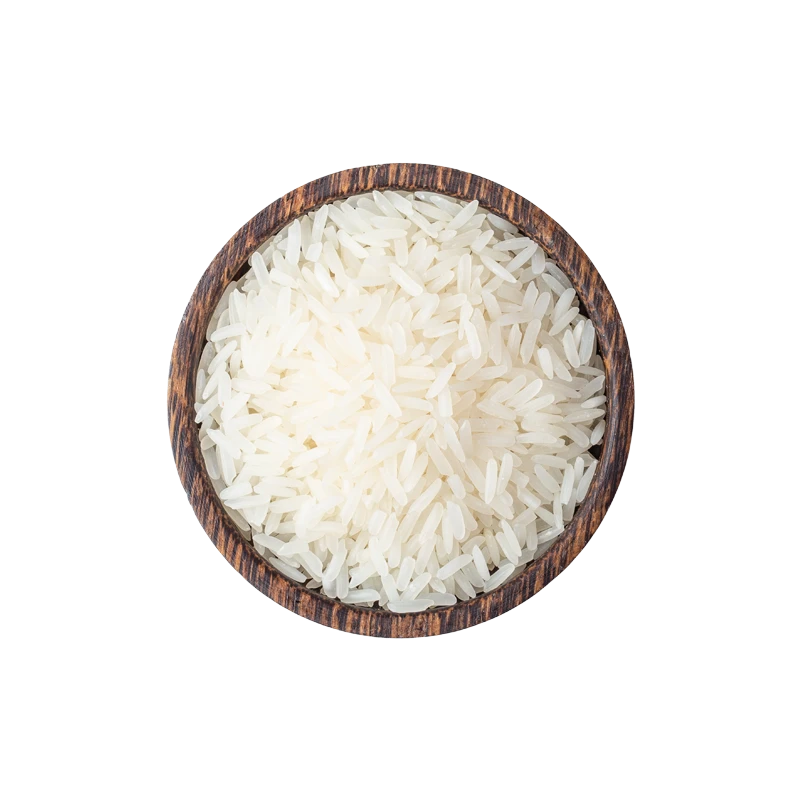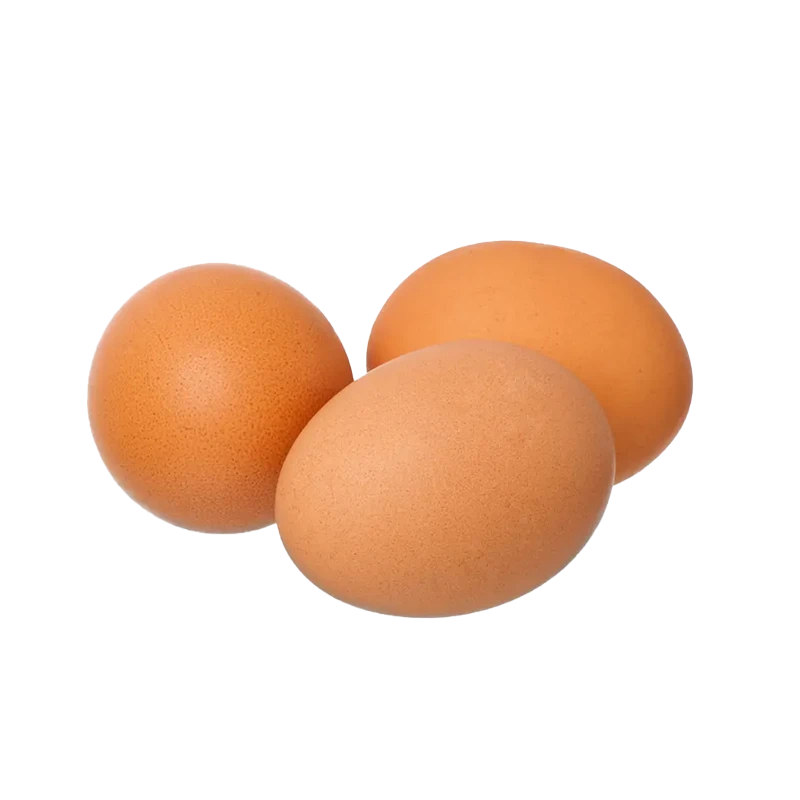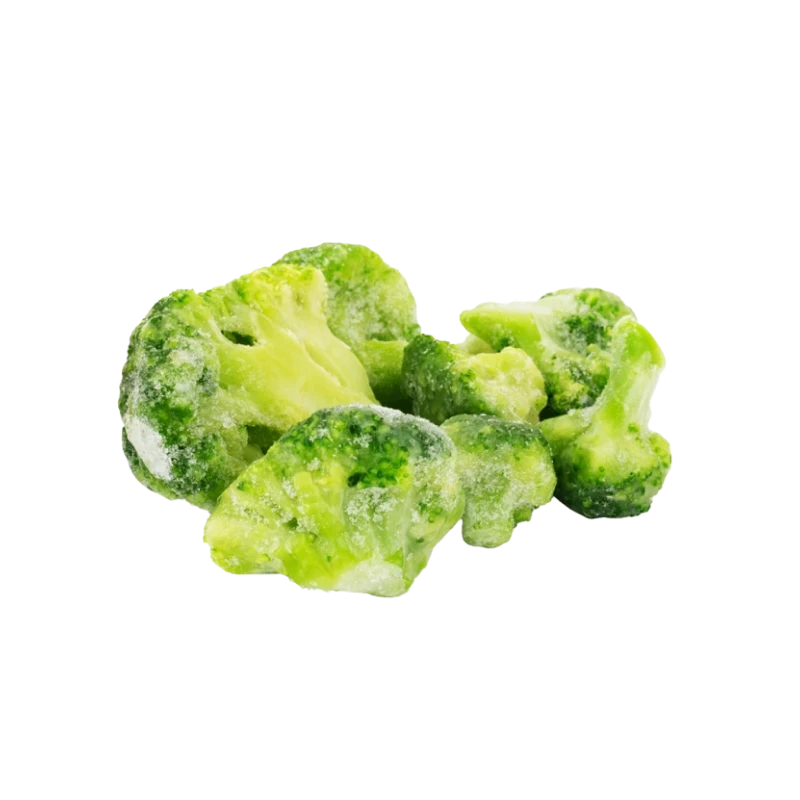Thai Rice — Nutrients, Health Benefits, and Shopping Tips

Written by Listonic Team
Last update on September 4, 2024
Thai rice nutrients
Nutrition facts
Amount per 100 g
Calories
🔥 350 kcal
| Nutrients per: 100 g | Value | % Daily Value* |
|---|---|---|
| Carbs | 77 g | 28% |
| Fiber | 1 g | 3.57% |
| Sugars | 0 g | - |
| Glycemic Index | 73 | - |
| Protein | 8 g | 16% |
| Sodium | 2 mg | 0.09% |
| Total Fat | 0 | - |
*The % of Daily Value (DV) tells you how much a nutrient in a serving of food contributes to a daily diet. 2,000 calories a day is used for general nutrition advice.
Thai rice facts & tips
Health benefits
- Rich in carbohydrates, providing sustained energy and fueling the body and brain.
- Contains essential vitamins and minerals such as B vitamins, iron, and magnesium, which support overall health and well-being.
- Low in fat, making it a heart-healthy addition to meals.
- Supports digestive health with its fiber content (especially if brown or whole grain Thai rice is chosen), promoting regular bowel movements and a healthy gut microbiome.
- Versatile and easy to prepare, serving as a base for a variety of nutritious dishes, from stir-fries to curries.
- Gluten-free, making it a suitable grain option for individuals with gluten intolerance or celiac disease.
Health risks
- High carbohydrate content which can cause rapid spikes in blood sugar levels, particularly concerning for diabetics or those on low-carb diets.
- Low nutrient density particularly in refined white Thai rice, offering fewer vitamins and minerals compared to whole grain options.
- Potential for overconsumption due to its palatable nature, leading to excessive calorie intake if not mindful of portion sizes.
- Potential for arsenic contamination as rice can absorb arsenic from the soil, which may pose health risks if consumed in large quantities over time.
How to choose thai rice
Thai rice, particularly jasmine rice, should have a subtle floral aroma and a slightly sticky yet firm texture when cooked. The grains should be long and uniform, turning soft and slightly translucent after cooking.
Do not buy Thai rice that smells musty or appears dusty, as it may have been improperly stored. Rice that is brittle or breaks easily should also be avoided, as it will not cook evenly or offer the desired texture.

How to store thai rice
Thai rice should be stored in an airtight container in a cool, dry place. This maintains its quality and extends its shelf life for up to a year.
Moisture can spoil rice. Avoid storing near strong-smelling foods, which can alter its aroma. Ensuring the container is tightly sealed keeps it fresh and pest-free. Regularly checking for any signs of contamination is advisable.
✅ Extra Tip
How long does it last?
Thai rice can last for 1-2 years when stored in an airtight container in a cool, dark place. Cooked Thai rice should be consumed within 4-6 days if kept in the refrigerator. For longer storage, cooked rice can be frozen for up to 6 months.
What to do with leftovers?
Leftover Thai rice can be used in a variety of flavorful dishes. Reheat it and serve as a side for stir-fries, curries, or grilled meats, or mix it into a fried rice with vegetables, eggs, and your choice of protein. Thai rice is also great when added to soups or stews, where it helps to thicken the broth and add texture.
Use leftover Thai rice in a rice salad with chopped vegetables, herbs, and a tangy vinaigrette, or mix it into a casserole with cheese, vegetables, and meat for a hearty meal. If you have a lot of Thai rice, consider making a batch of rice pudding with coconut milk, sugar, and spices for a comforting dessert. Thai rice can also be used as a filling for stuffed vegetables, like peppers or tomatoes, or added to a grain bowl with roasted vegetables and a protein of your choice. For a quick snack, try making rice balls filled with cheese, meat, or vegetables.
👨⚕️️ Medical disclaimer
How Thai rice supports specific health conditions
Thai rice, including jasmine rice, is a fragrant, long-grain rice providing carbohydrates that support energy levels and brain function. It contains small amounts of B vitamins, aiding energy metabolism, and is a staple in many diets. While low in fiber compared to other grains, it pairs well with vegetables and lean proteins to support digestive health. Its soft texture and pleasant aroma make it a versatile option for various dishes, contributing to overall well-being.
Discover products from other categories
Listonic Team
Fact-checked
Our editorial team checked this article to make sure it was accurate at the time of publishing it.
Get the top-rated shopping list app







